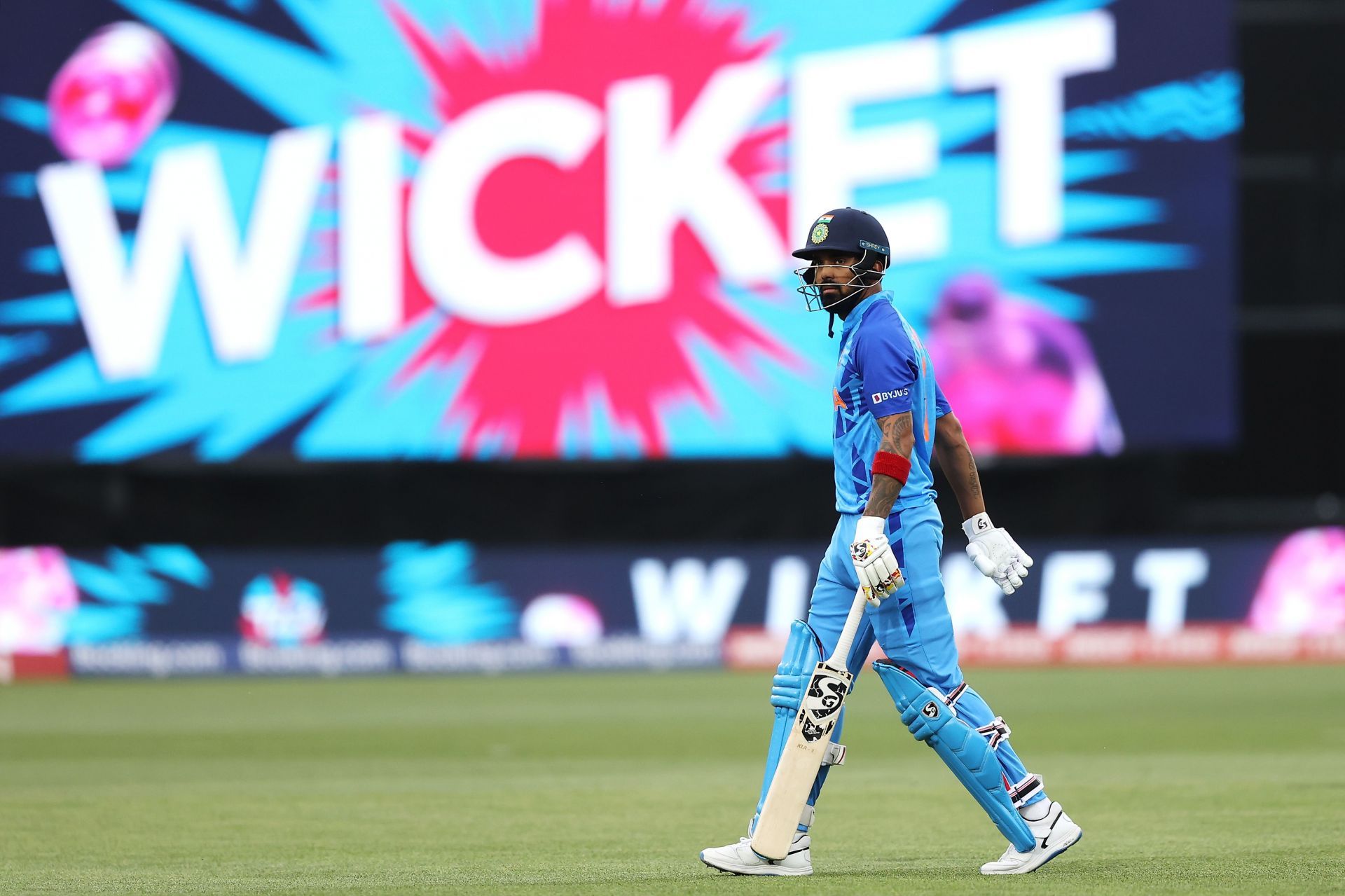
Too much talk and not enough substance - India's semi-final unravelling was a long time coming
As the ball soared into the Adelaide night sky and consigned India to a thumping 10-wicket defeat in the semi-final of the T20 World Cup, thousands at the Adelaide Oval and millions back home wondered how it had gone so wrong for the Men In Blue.
England, quite understandably, were dubbed one of the favourites before the T20 World Cup. But India were also among the frontrunners. They had won four Super 12 games – a feat no other team accomplished, and had Suryakumar Yadav and Virat Kohli in pristine form. Arshdeep Singh and Bhuvneshwar Kumar were also picking up wickets in the powerplay for fun, with Hardik Pandya regularly proving that he is as good an all-rounder as any in this format.
Umm…so….where did it exactly go wrong?
The answer is not straightforward (surprise, surprise). One thing that can be said for certain, though, is that this particular defeat should not be as much of a shock as people are making it out to be. Not because England are one of the most belligerent white-ball units on the planet, but because India, almost through the entirety of the tournament, papered over cracks that once exposed, were going to bring the roof crashing down on them.
For much of the past year, the Men In Blue have talked about being more aggressive and how they had realised the mistakes committed previously. Prior to the T20 World Cup, they were walking that talk, scoring at 8.6 runs per over in the powerplay between the end of the 2021 T20 World Cup and the start of this edition.
India's batting approach never felt right throughout the T20 World Cup
At the 2022 T20 World Cup, though, they crawled along at 6.02 runs per over, which was the second-lowest any team had managed. Only UAE batted at a poorer run-rate during the powerplay, leaving many questioning if all that talk was without substance.
The middle-overs run-rate also dropped to 8.1 from 8.9 in the aforementioned period, indicating that India were a little more cautious and wanted to keep as many wickets in hand to maximise the death overs. The death-overs run-rate, in their defence, increased from 11.1 to 11.9. But the death-overs only comprise a quarter of a T20I innings. Do the math and you will understand why the drop-off in the powerplay and the middle overs was a bigger problem.
The personnel, throughout the tournament, did not change either. KL Rahul kept bashing Bangladesh and Zimbabwe, only to stumble against England, Pakistan and South Africa. Rohit could not discover his mojo at any point, and his painful 28-ball 27 in the semi-final was a testament to his struggles.
Kohli scored plenty of runs for India, and it single-handedly took them to victory against Pakistan. But here’s the catch. Most of those runs came when Kohli decided to up the ante towards the end of an innings. His supporters would argue that is how he has batted all his life and that is what has fetched him maximum success – just look at the Pakistan game.
When batting first, though, sluggish starts, especially from your No.3, can have a detrimental effect. Out of the six times Kohli batted, he faced more than 20 balls on 5 occasions. He never scored more than 25 in the first 20 balls that he faced throughout the tournament. Against Pakistan, because he knew exactly what India needed, he was able to pace his knock. In the semi-final, however, his 40-ball 50 was a primary reason why they only got to 168, despite Pandya teeing off at the other end.
There is no problem in dropping anchor, especially when you are as accomplished a batter as Kohli. What it does do, though, is it almost forces someone else to play out of their skin to post an above-par total. On most days, Suryakumar has been that player. On Thursday, Pandya took up that mantle. But this breeds a slightly individualistic approach where India’s totals are decided by how good a day someone has, rather than adhering to a well chalked-out collective batting philosophy.
The other issue they could not solve was around their team balance. Once Ravindra Jadeja got injured, they knew they had a massive void to fill. That they could not find even one acceptable solution was what was more disappointing.
They kept trying to play Axar Patel and Ravichandran Ashwin in the hope that two players will be able to recreate what Jadeja does. Neither bowled as well as the Chennai Super Kings batter and both, most definitely, did not bat as well as him. With Ashwin only content to keep the runs tight (and failing on that count), and Axar not being trusted enough, the Men In Blue were always left searching for overs, considering none of their top four bowls.
It forced Pandya to bowl his entire quota every game, with failure or a bad day at the office not being an option for their fast-bowling troika either. So, in trying to plug one major hole, they ended up puncturing their ship at different places. And thus, India’s ship sinking, just when the tempest became stronger, was not surprising at all.
In fact, this debacle, annihilation or whatever you want to call it, was a long time coming. India were too timid with the bat. India were too wasteful in the field. And India were too afraid of what might happen that they forget to worry about what was happening. Simply put, this was a recipe for disaster.
All that happened earlier in the tournament against Pakistan at the MCG might live long in the memory. But now, Pakistan are back at the MCG and India are packing their bags. India thought that victory would make everything alright. It did not. And they only have themselves to blame.
